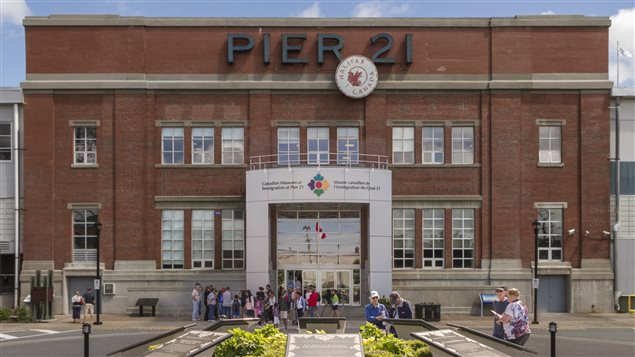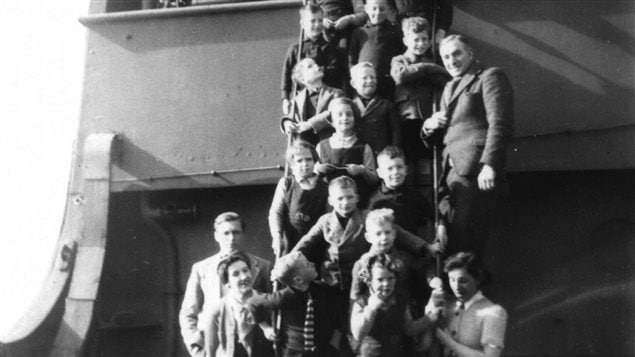Between 1863 and 1940 over 100,000 children were sent from Great Britain to Canada, and Canada’s renowned immigration museum has invited two authors to speak about the so-called British Home Children on June 21 in the eastern city of Halifax.
Hoping to help the orphaned, the abandoned
In the late 1800s, British churches and philanthropic organizations had gathered together orphaned, abandoned and poor children, many of them thinking the children would have a better chance for ‘a healthy and moral life’ in Canada, according to Library and Archives Canada.

Children viewed as good, cheap labour
Canadian families accepted them as cheap farm or domestic workers. Many were poorly treated and abused, but others did have a better life than they would have had they stayed in British slums. Many served with the Canadian or British military fighting in World War I and II.
The Canadian Museum of Immigration at Pier 21 has invited Ms. Lori Oschefski, a genealogical researcher and founder of the British Home Children Advocacy & Research Association as well as Ms. Beryl Young whose own father immigrated to Canada at 13 years old. Each has written a book about the British Home Children.







For reasons beyond our control, and for an undetermined period of time, our comment section is now closed. However, our social networks remain open to your contributions.